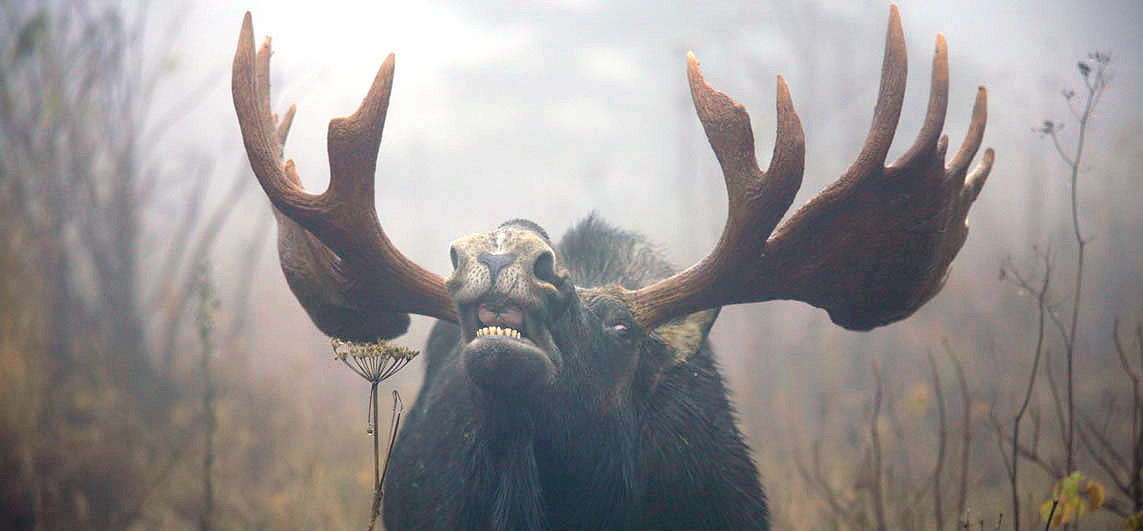What Canadian outfitters chose as the best optic options
Advertisement
When asked if they recommended fixed- or variable-power riflescopes, the guides overwhelmingly chose variable-power glass. Of the 89 per cent who opted for variable power, 49 per cent selected a 3-9 variable as their first choice. Second on the list of selected variable ranges was 1.5-5 at 10 per cent, followed by 2-7 and 4-12 at 7 per cent each. Several guides recommended scopes at 3-10, 2.5-10, 3.5-10 or similar, which I interpret as reinforcement for the old standby, the 3-9, as the clear favourite.
Only eight outfitters preferred fixed-power followed by 4X. Any association between fixed-power scopes and the animals or habitat the guides hunt was not clear. I suspect it merely reflects the guides’ belief that simpler is generally better when hunting.
Advertisement
Though we didn’t ask the guides to name brands throughout the survey, several chose to do so when identifying their choices for riflescopes. Of those, a full 66 per cent named Leupold (pictured) as their preference, with Bushnell and Swarovski at 16 per cent each. No other individual brands were named.
How these choices correspond to other potentially related variables, including cost, market share and outfitter support programs, I can’t say.
What many guides did suggest, however, was that hunters should buy the best scopes they can afford. Several outfitters, in fact, specifically mentioned they’d rather see the average hunter spend more on a scope than a rifle. This suggests they must witness considerable failure in the field directly attributable to problems with scopes, particularly around the quality of glass hunters mount on their rifles.
Advertisement
Finally, more than a dozen of the survey respondents said hunters should turn the power dial on their variable scopes to its lowest setting when in the field.
The message here is clear: all too often, hunters are encountering game at relatively close quarters when their scopes are turned up to a high magnification. As a result, they either can’t find the target in their scope or they’re unable to discern what part of the animal they’re looking at, both of which can lead to missed shots or, worse yet, a wounded animal.
From our 2009 survey of guides across the country, asking them to share their insights on the best cartridges, bullets, optics and more for hunting Canada’s big-game animals.

